Ensuring that the world’s most precise satellite navigation system maintains its reputation are the atomic clocks aboard each satellite, delivering pinpoint timekeeping that is maintained to a few billionths of a second.
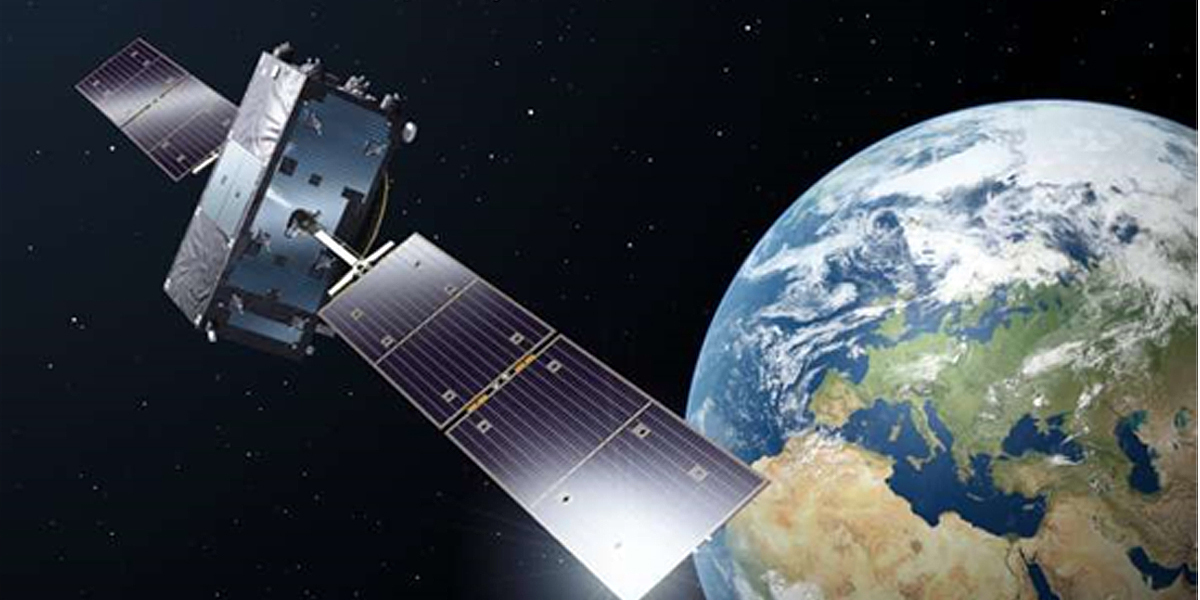
These clocks are called atomic because their "ticks" come from ultra-rapid, ultra-stable oscillation of atoms between different energy states. Sustaining this performance demands, in turn, even more accurate clocks down on the ground to keep the satellites synchronized and ensure stability of time and positioning for users.
ESA's ESTEC technical center in the Netherlands is continuously monitoring the "Galileo System Time" at the heart of Europe's satellite navigation system—on an independent basis from the operational Galileo system itself.
For this, the establishment hosts in its UTC Laboratory an "ensemble" of high-performance atomic clocks that are kept in thermally stabilised cleanroom conditions. This collection of fridge-sized atomic clocks, together with means to measure and compare them, provides stable, accurate timing typically accurate to a billionth of a second, almost ten times better than Galileo System Time.
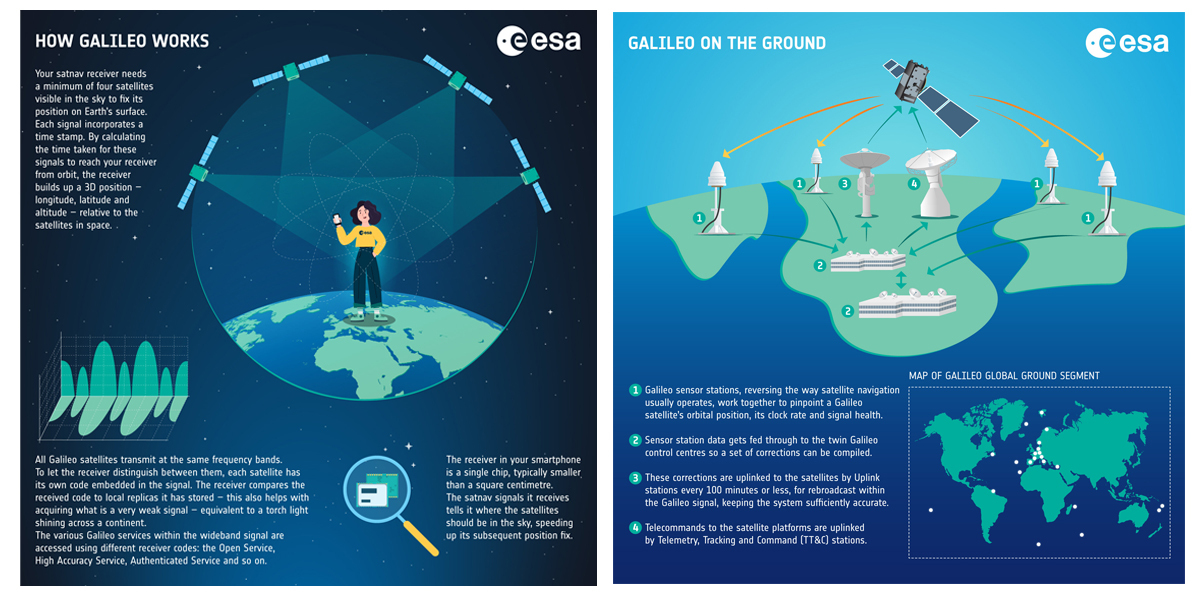
Helping set global time
Pierre Waller, overseeing the Lab, explains: "Our UTC Lab is so named because it—along with the Navigation Support Office's similar clocks operated at ESOC in Germany—is used to set a common timescale called UTC(ESA), which in turn is one of the inputs for the setting of Coordinated Universal Time, UTC—the world's reference timescale—maintained by the Paris-based Bureau International des Poids et Mesures, BIPM."
More than 2 billion smartphones, with users worldwide, are now making use of Europe's Galileo navigation satellite constellation. But how do satellites thousands of kilometres away in space manage to tell you where you are and where you're going? Simply being so far away is part of the answer—learn the details of the world's most precise navigation system in this new video. Credit: European Space Agency
ESTEC's ensemble of atomic clocks has been running continuously for more than a decade now, enduring the COVID-19 pandemic and a change of location—when the clocks were progressively transported and re-synched from their original site to one further down the corridor. The additional contribution of the clocks located at ESOC since November 2021 has further boosted UTC(ESA)'s robustness.
ESA's UTC Laboratory, with an ensemble of atomic clocks in a cleanroom environment, overseen by microwave engineer Cedric Plantard. Credit ESA-SJM Photography
ESA microwave engineer Cedric Plantard comments: "To measure anything properly, a suitable yardstick is essential. So UTC(ESA) can be used to perform an independent check on Galileo timing performance, as well as assessing the performance of candidate atomic clocks for the coming set on-board of Galileo Second Generation satellites, or any other tests requiring ultra-stable and accurate time reference."
"Think of the clocks here as working together in this carefully maintained environment like an orchestra, contributing to a weighted average time value. If one clock goes out of range of the rest then an alarm is triggered automatically."
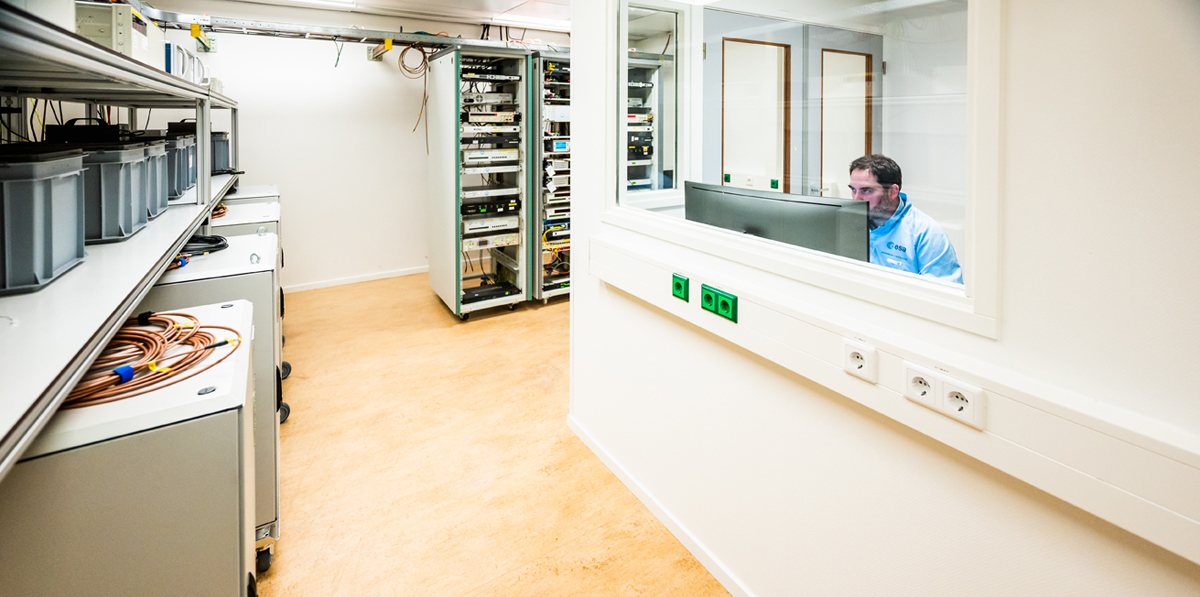
Counting nanoseconds to measure distance
Why does exact positioning require precise timekeeping? Because of the way Galileo works, turning timing into distance. The principle resembles the way children are taught to estimate the distance of a thunderstorm: see a lightning flash, then count the seconds until a crack of thunder reaches them. Except in this case the timing involves billionths of a second, multiplied by the speed of light.
Galileo satellites orbit 23,222 km above Earth, transmitting signals downward that incorporate a time stamp. A satnav receiver on the ground picks up four or more Galileo signals to fix its position on the ground. By the time the signals reach it they have taken around a twelfth of a second down from orbit—as revealed by the difference between the signal time stamp and the receiver time.
The receiver multiplies this difference by the speed of light—about 30 cm per nanosecond, a billionth of a second—to derive its exact distance from each satellite in orbit, then combines these measurements in a triangulation to compute its overall position. If the clocks are in error by more than three nanoseconds then this positioning value already exceeds a meter in extent. A second's error would mean the receiver might as well be on the Moon.
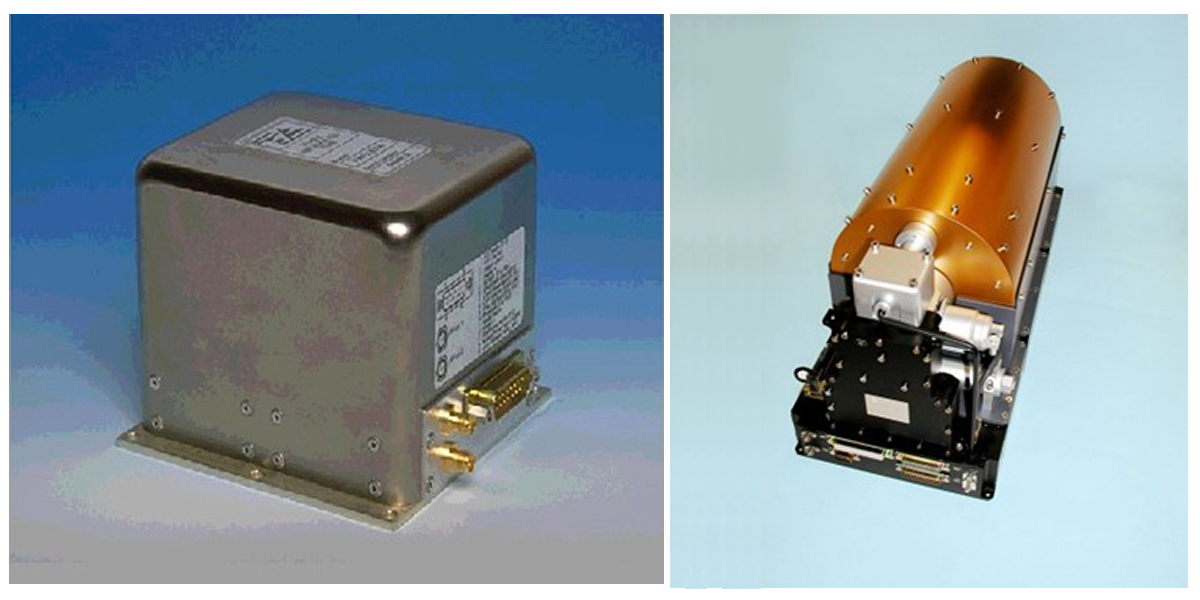
Twin 'passive hydrogen maser' atomic clocks are the master clocks onboard each satellite, measuring time to an accuracy of one second in three billion years. Two smaller rubidium clocks provide an independent and alternative time source, accurate to three seconds in one billion years.
But in practice these onboard clocks are prone to drift slightly over time. So a worldwide network of Galileo ground stations keeps a continuous tab on the satellites' signals, to identify any clock drift compared to "Galileo System Time" (as well as any slight orbital drift). Any errors are then corrected for within an updated navigation message, compiled and upload to the satellites for rebroadcast within Galileo navigation signals every 100 minutes or less.
The best time for time
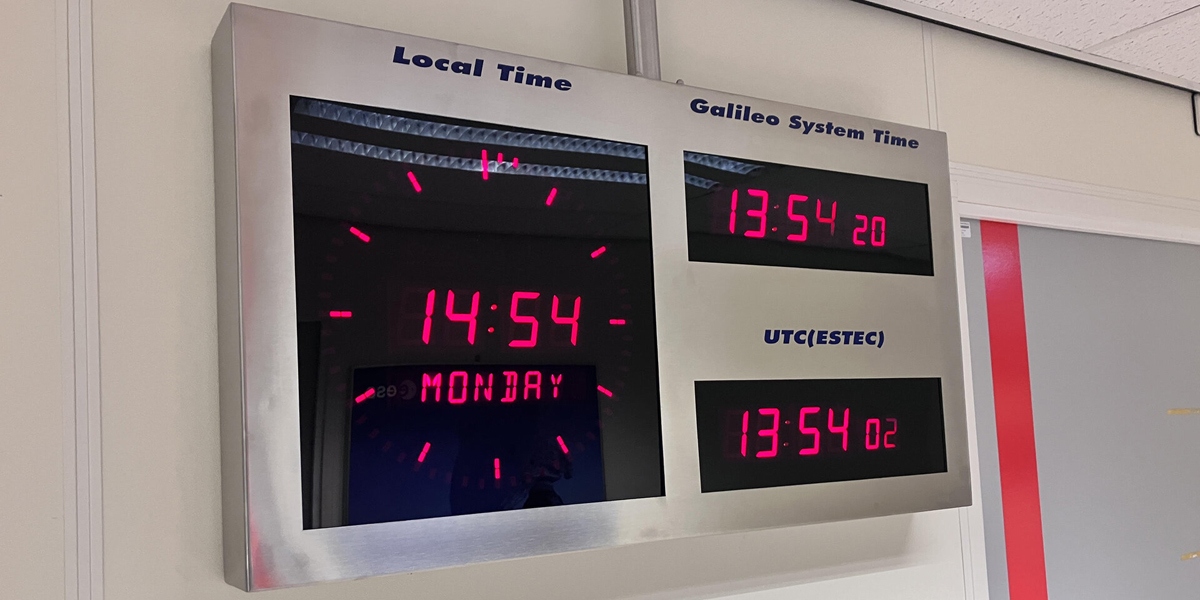
ESA's UTC Laboratory hosts an ‘ensemble’ of high-performance atomic clocks that are kept in thermally stabilised cleanroom conditions. This collection of fridge-sized atomic clocks, together with means to measure and compare them, provides stable, accurate timing typically accurate to a billionth of a second, almost ten times better than the Galileo System Time at the heart of Europe’s satellite navigation system. Credit ESA-S Blair
The general availability of Galileo and the other global satellite navigation systems, each with their own system times (and their own offsets relative to UTC), is contributing to a massive boost to worldwide timing accuracy—used for instance for the synchronisation of communications, finance and power networks. But in the end, the only sure way to check the performance of a clock is with another clock—hence the need for UTC(ESA) and comparable reference timescales.
"UTC(ESA) is an engineering tool that can be used for all kinds of purposes," adds Pierre.
"So for instance we are currently looking into the performance of time transfer via optical fibre with the Dutch VSL National Metrology Institute, as a means of exporting precise time to wherever it is needed, along with assessing Galileo performance, candidate future hardware and services."
Story Source: European Space Agency
Subscribe to our newsletter
Stay updated on the latest technology, innovation product arrivals and exciting offers to your inbox.
Newsletter

